How American towns have changed since the 1950s
Main Street has long been the heart and soul of American towns, a place where neighbors greet each other and local businesses thrive. Walking down Main Street was once like flipping through a community scrapbook, with each shop telling its own story. From the local bakery with its delightful aromas to the hardware store with its friendly proprietor, every corner was bustling with life and a sense of belonging.
The Rise of Suburbia: From Urban Centers to Suburban Spread
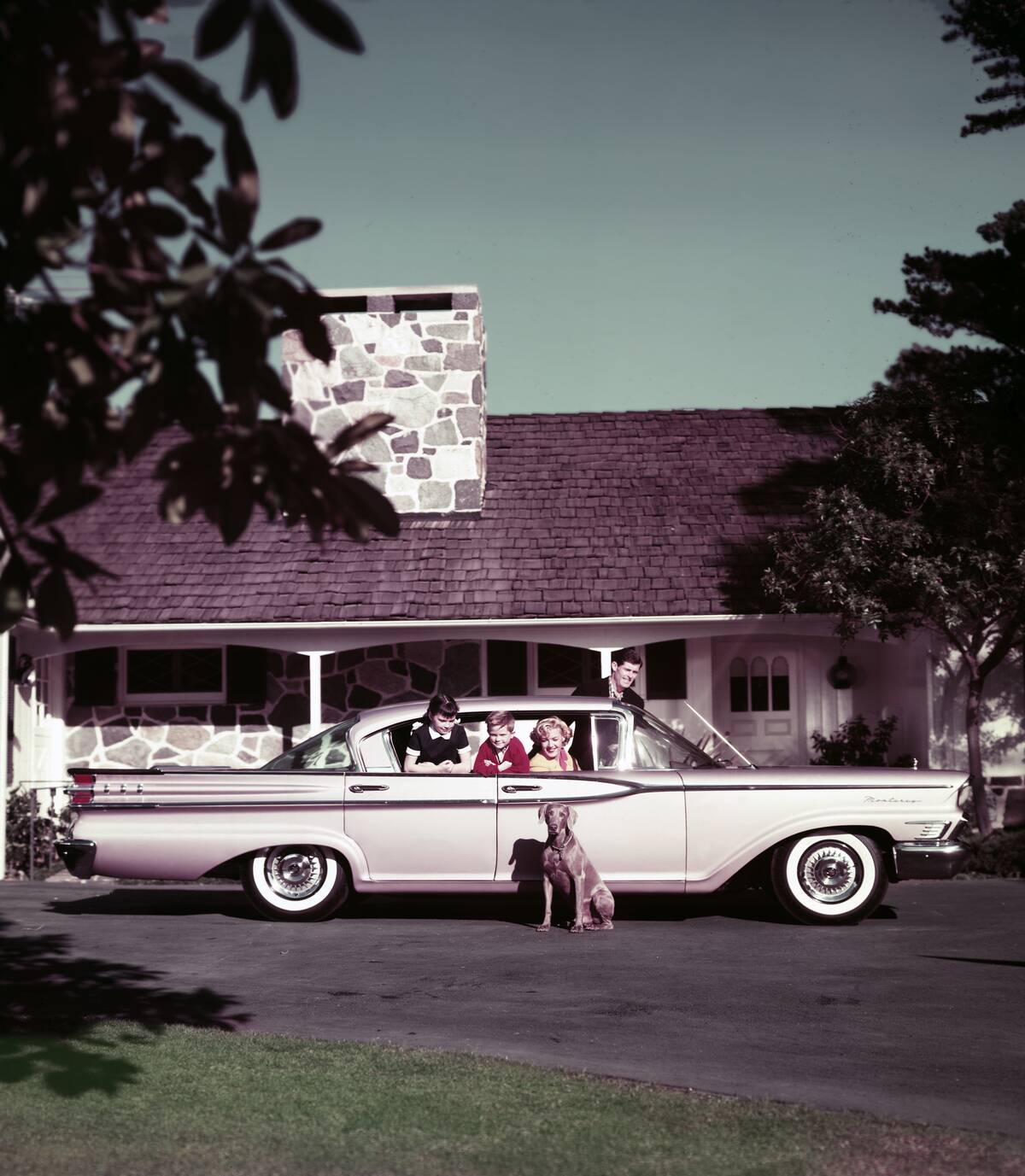
After World War II, the shift to suburban living began in earnest. The GI Bill made homeownership accessible to many veterans, leading to a housing boom. Developments like Levittown in New York exemplified the suburban ideal with affordable, mass-produced homes. As cities grew congested, families sought the tranquility of suburbs, where picket fences and spacious yards beckoned. The 1950s marked a time when suburbs promised a new way of life, away from the hustle and bustle of urban centers.
Architectural Evolution: From Quaint Homes to Modern Marvels
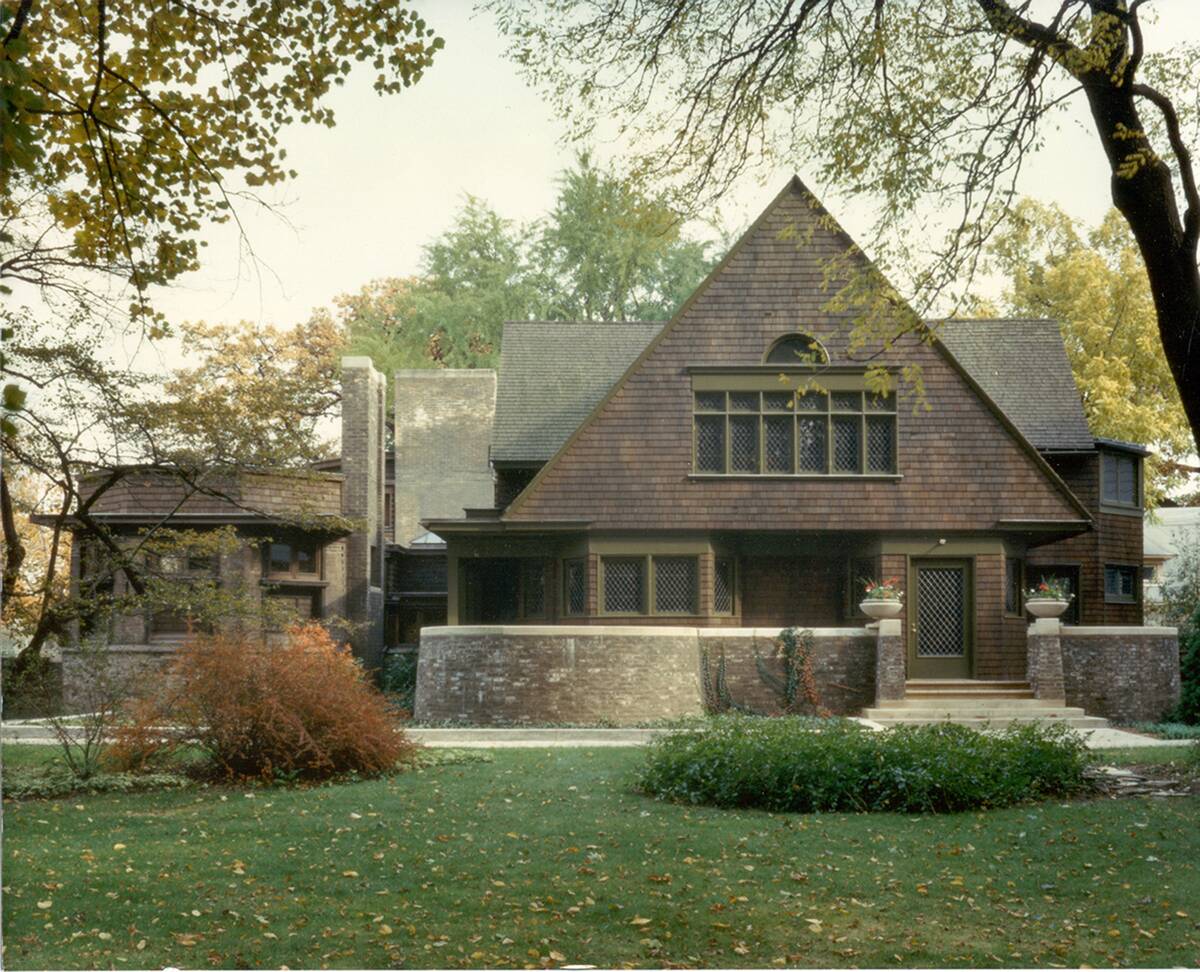
The architectural landscape has dramatically changed over the decades. Early American homes had a charming, quaint aesthetic with gabled roofs and wraparound porches. As time progressed, modern architecture introduced sleek lines and innovative materials like steel and glass. Iconic designs, such as Frank Lloyd Wright’s Fallingwater, demonstrated how architecture could harmonize with nature. Today, energy-efficient homes with smart technology are becoming the norm, reflecting the ever-evolving tastes and needs of homeowners.
The Transformation of the Town Square: Social Hubs Then and Now
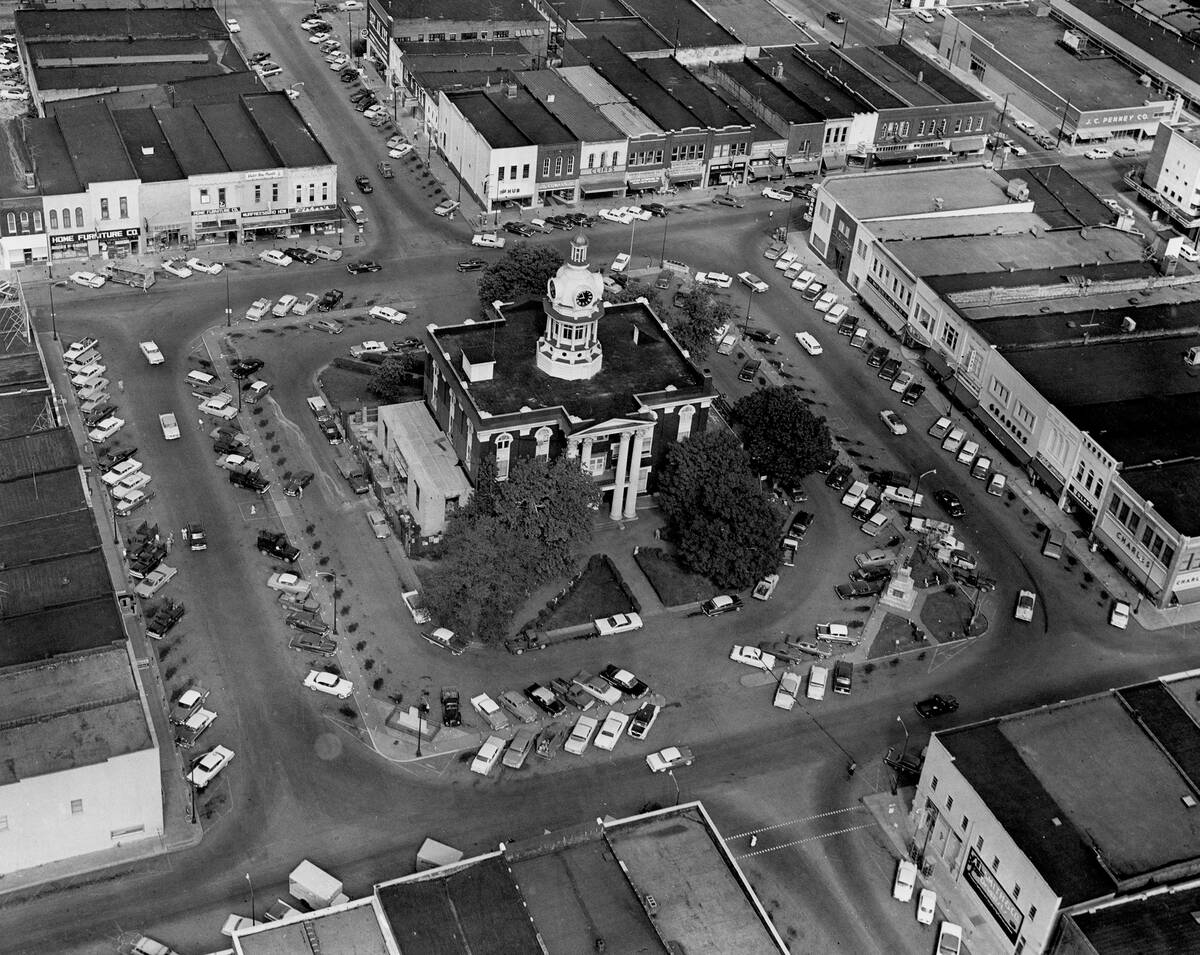
Town squares were once the epicenter of social life, hosting farmers’ markets and public gatherings. These spaces fostered community interaction, serving as a stage for everything from political debates to local performances. In the modern era, town squares have adapted to include cafes, Wi-Fi zones, and outdoor seating, merging tradition with contemporary needs. While their appearance may have evolved, their role as a community hub for connection and activity remains steadfast.
The Drive-In Theater Era: Entertainment in the Automobile Age
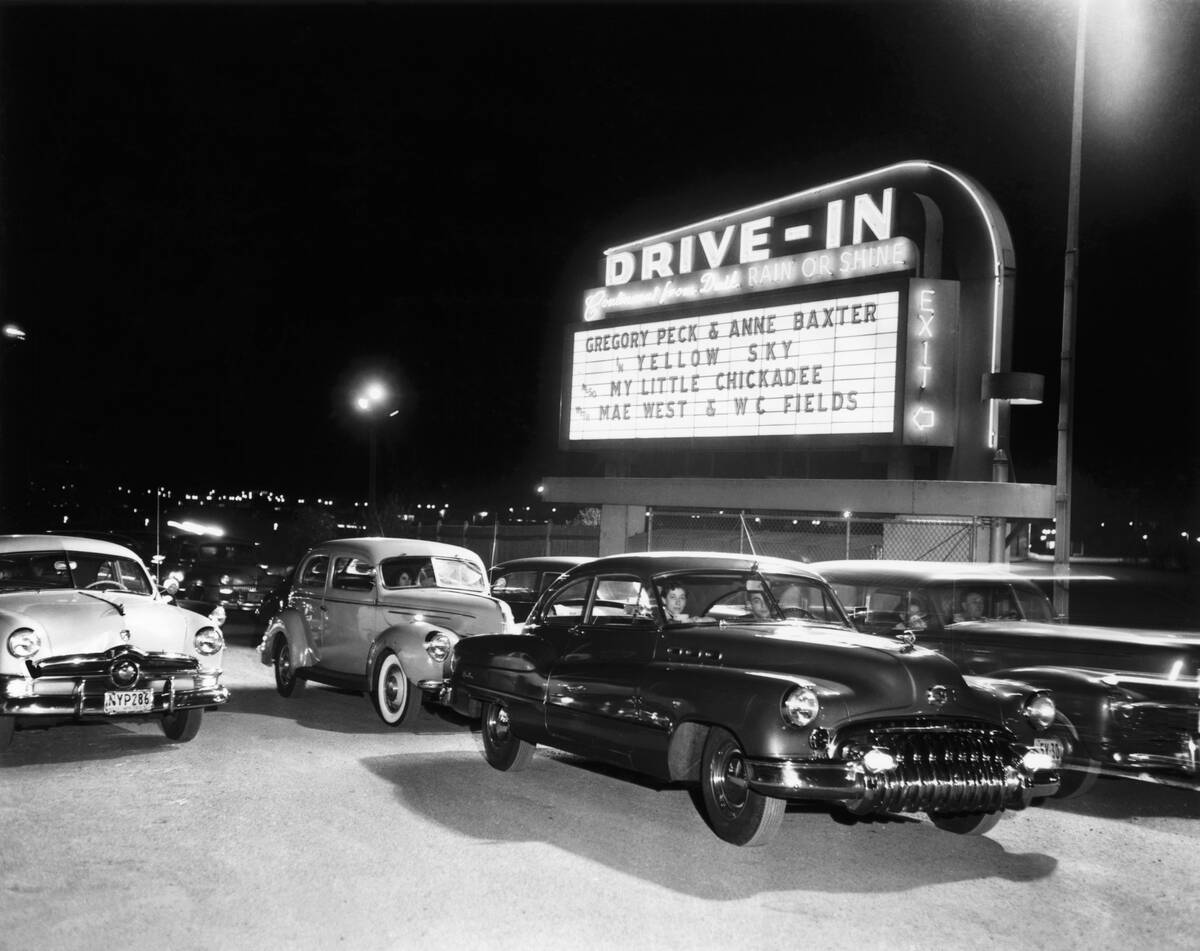
Drive-in theaters emerged in the 1930s but truly thrived in the 1950s, encapsulating the spirit of the automobile age. Families and couples would pile into their cars, eager to watch the latest film under the stars. At their peak, there were over 4,000 drive-ins across the United States. While many have faded, the nostalgia for this unique experience has sparked a resurgence, with some theaters reopening and offering a retro cinematic experience.
Shopping Revolution: From Mom-and-Pop Stores to Mega Malls
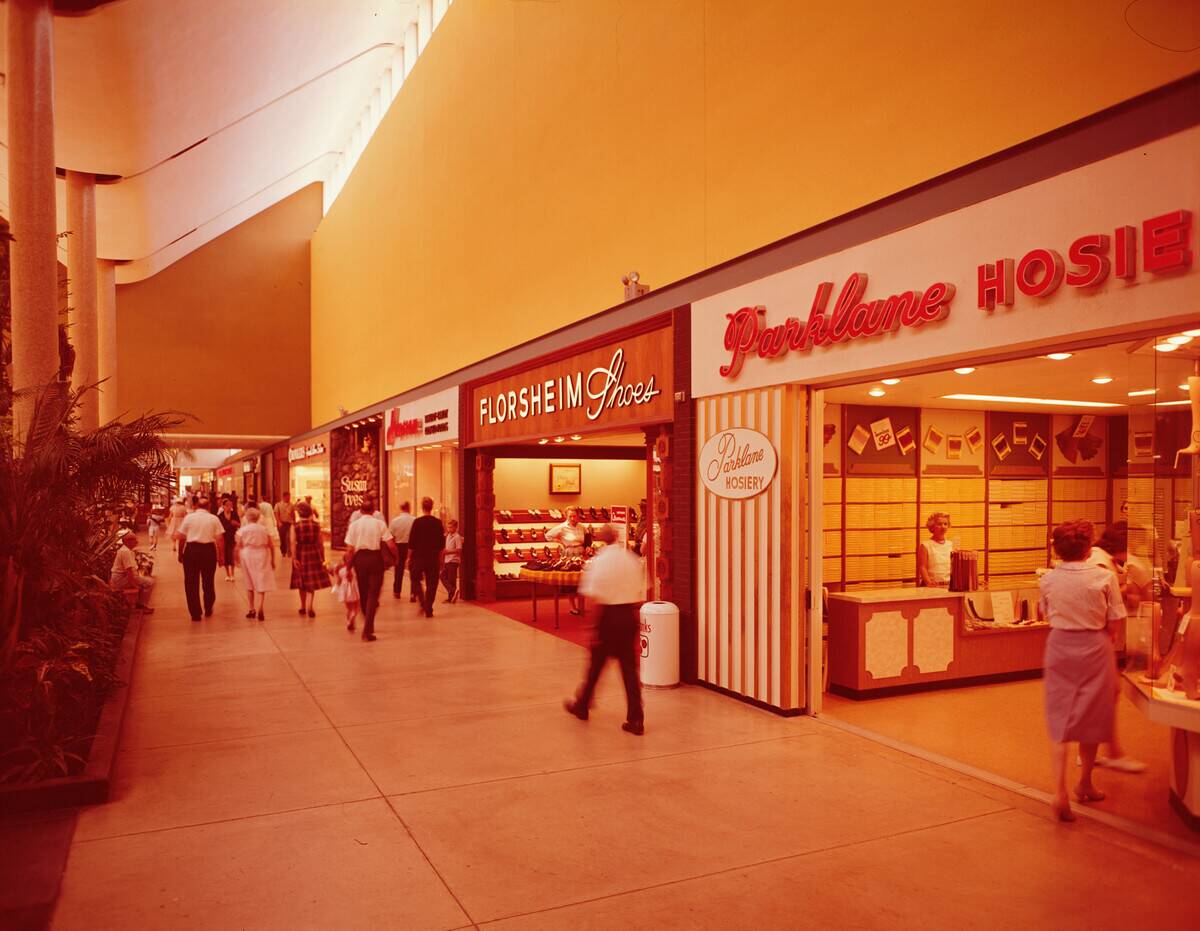
The evolution of shopping venues mirrors broader societal changes. Mom-and-pop stores were once the backbone of local economies, offering personalized service and unique products. The arrival of mega malls in the 1980s transformed shopping into a leisure activity, with everything from food courts to cinemas under one roof. Today, online shopping adds another layer, offering convenience and variety. Despite these shifts, there’s a renewed appreciation for small businesses, fueled by a desire for community and sustainability.
The Fast Food Phenomenon: Dining Out in the 1950s vs. Today
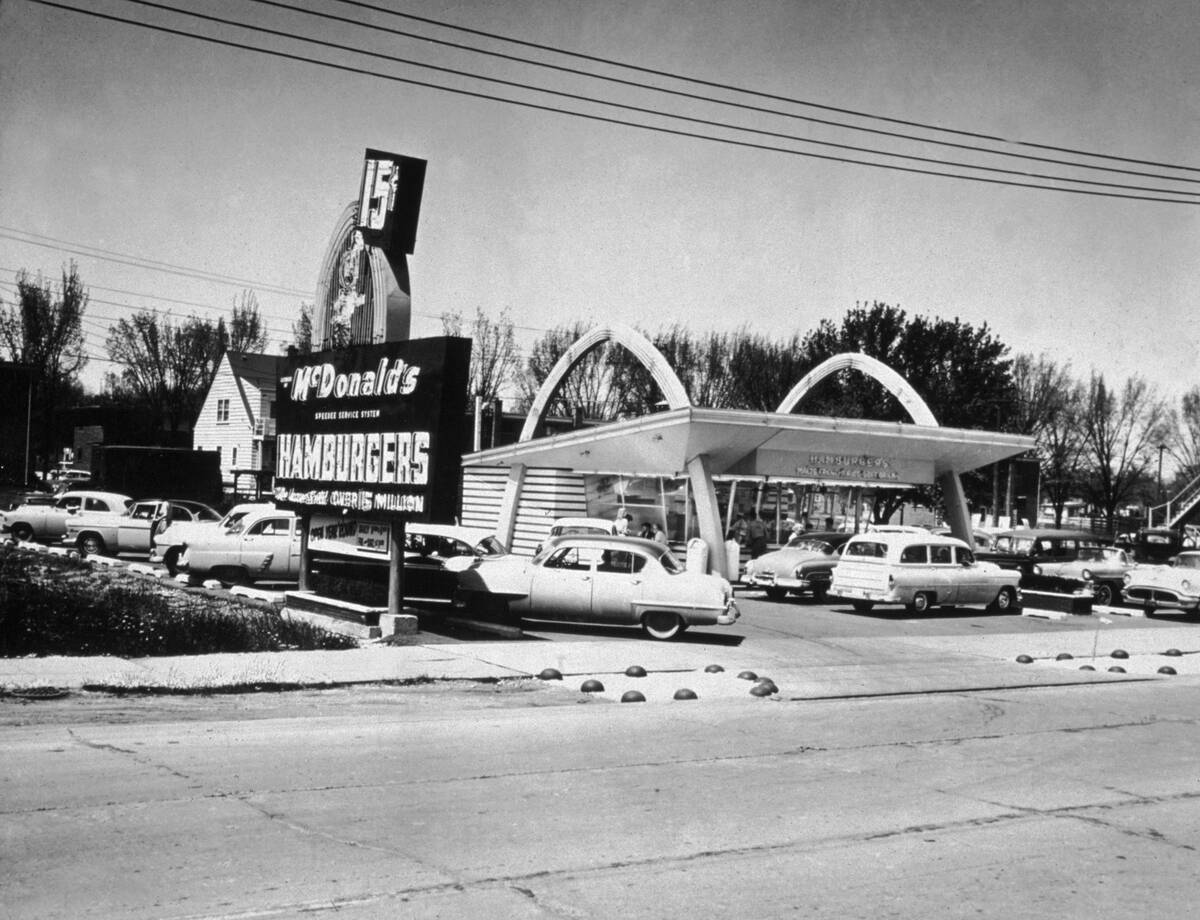
Dining out in the 1950s introduced America to the fast food phenomenon. Chains like McDonald’s and Burger King became synonymous with quick, affordable meals. The focus was on efficiency and speed, catering to the fast-paced lifestyle of post-war America. Today, fast food is a global industry, with an emphasis on healthier options and sustainable practices. While the essence of fast food remains, consumer preferences have pushed for transparency and quality in the food they consume.
School Days: Changes in Education and School Structures
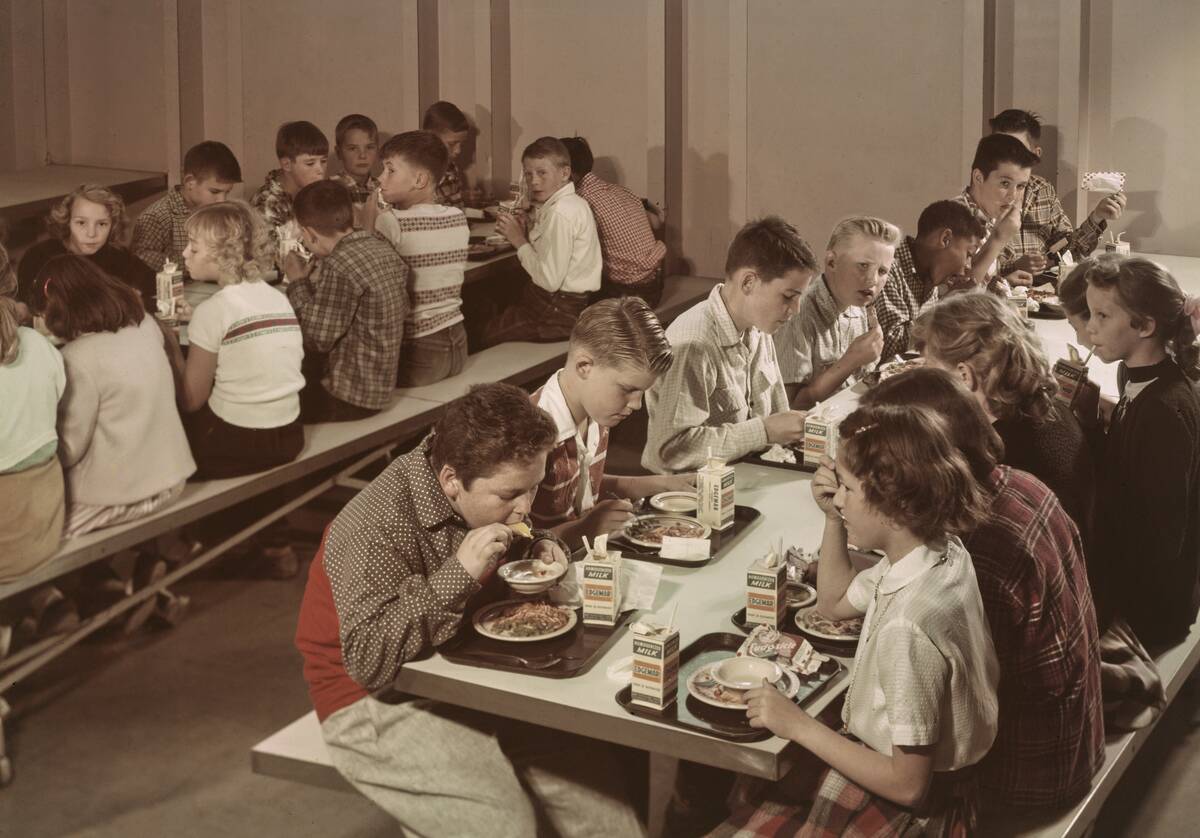
Education has undergone significant transformation, adapting to societal needs and technological advancements. The one-room schoolhouse of the past gave way to sprawling campuses with specialized facilities. The introduction of computers and the internet revolutionized learning, making information accessible at the click of a button. Modern schools prioritize inclusivity and diversity, offering programs that cater to varied learning styles and needs. The shift towards digital education, accelerated by recent global events, continues to redefine the educational landscape.
Transportation Shifts: From Classic Cars to Electric Vehicles
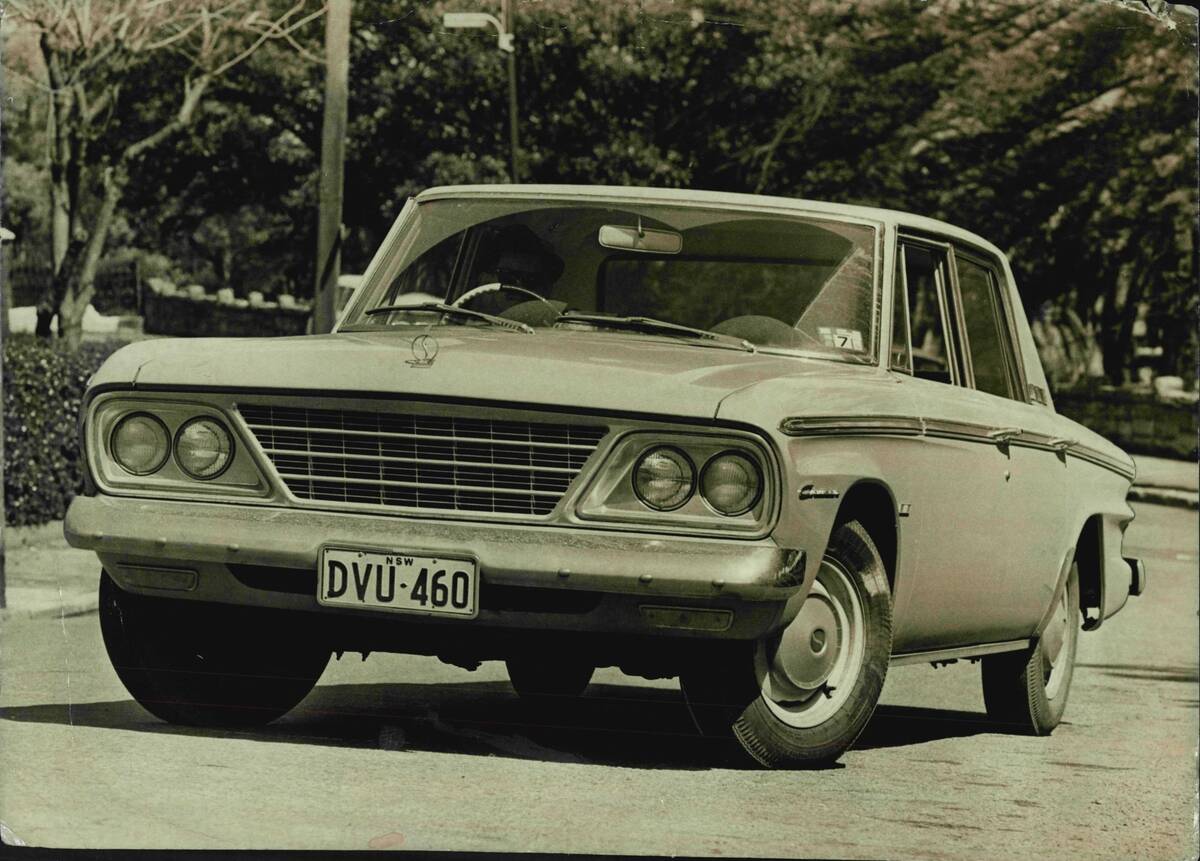
The evolution of transportation is a testament to human ingenuity and environmental consciousness. Classic cars of the 1950s, with their iconic tailfins and chrome accents, represented freedom and innovation. Fast forward to today, and electric vehicles are at the forefront of automotive technology. Brands like Tesla have revolutionized the market, emphasizing sustainability and cutting-edge design. As cities invest in electric infrastructure, the shift towards eco-friendly transportation is not just a trend, but a necessity for the future.
Technological Advancements: From Rotary Phones to Smartphones
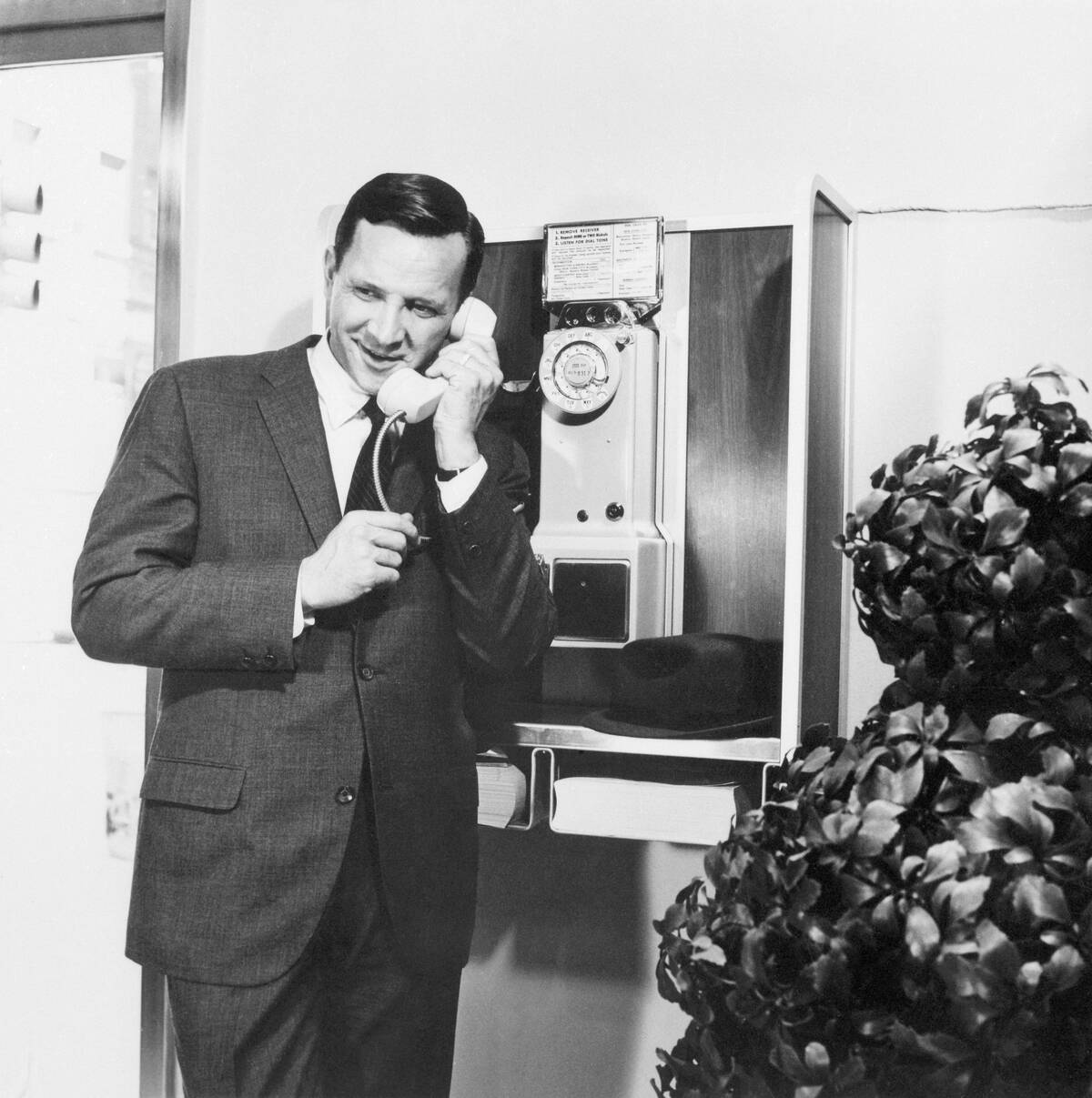
The leap from rotary phones to smartphones encapsulates the rapid pace of technological advancement. Rotary phones, once a staple in every household, gave way to portable devices that fit in our pockets. The advent of smartphones has transformed not just communication, but how we access information, interact socially, and even work. With innovations like 5G and AI integration, technology continues to evolve, promising new possibilities and conveniences that were once the realm of science fiction.
The Changing Face of Main Street: Diversity and Cultural Shifts
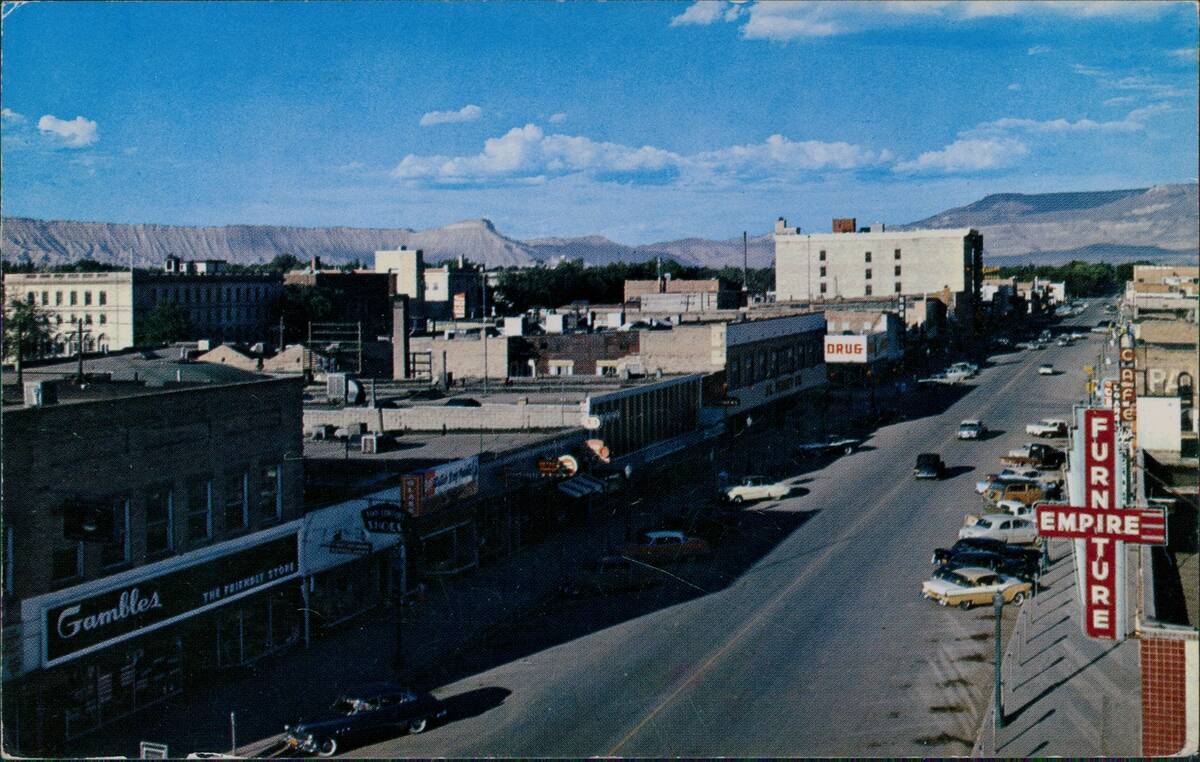
Main Street’s evolution reflects broader cultural and demographic shifts. Once a symbol of uniformity, today’s Main Streets are vibrant tapestries of diverse cultures and identities. This transformation is evident in the variety of cuisines, languages, and traditions that now coexist. Cultural festivals and events have become integral, celebrating the rich tapestry of community life. As society becomes more inclusive, Main Street stands as a testament to the beauty of diversity and the strength it brings to community ties.
Green Spaces and Parks: Evolving Community Recreation Areas
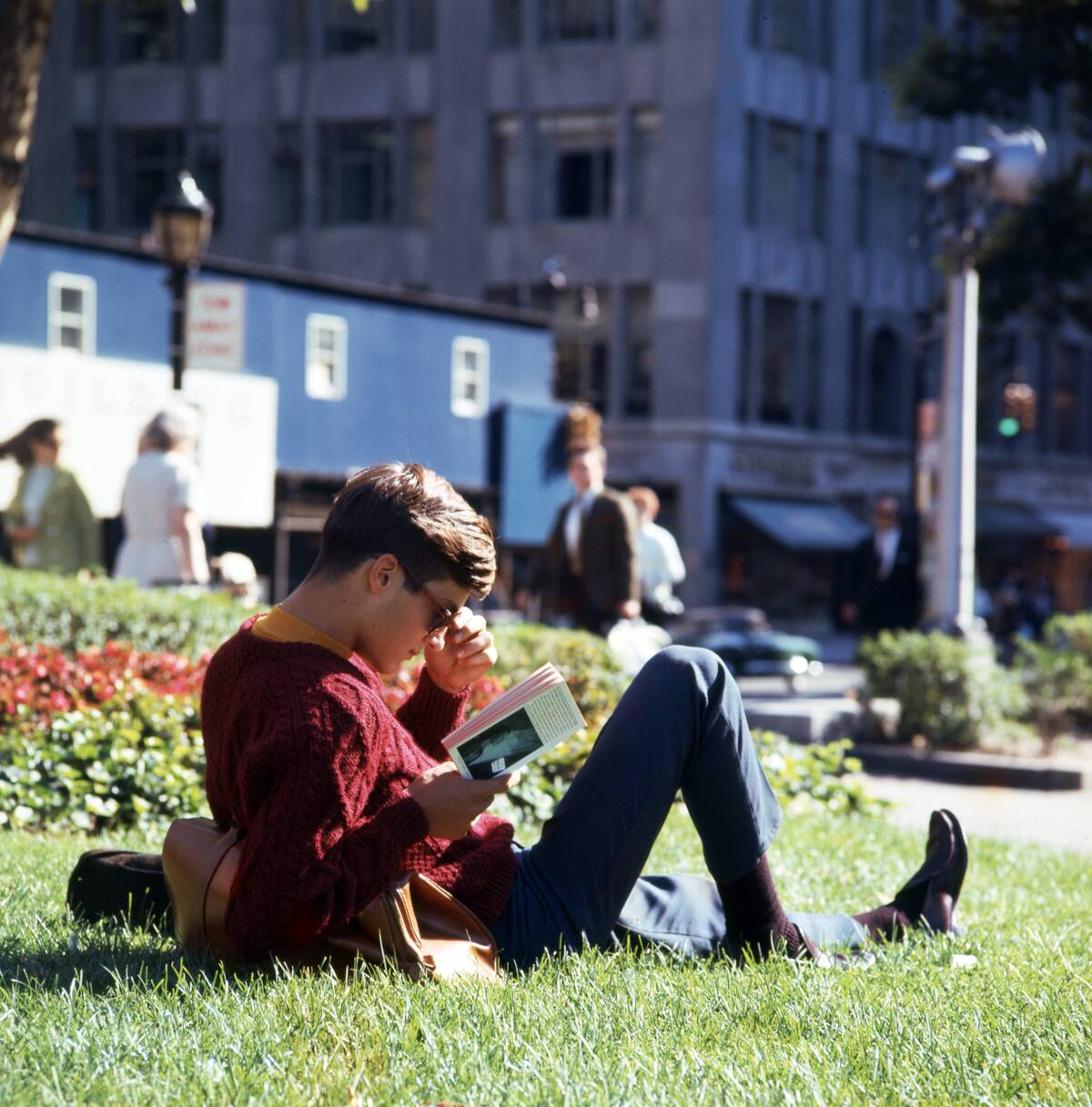
Green spaces and parks have long been cherished as community sanctuaries, offering a respite from urban life. In the early days, parks were simple affairs, often featuring a few benches and a playground. Today, they are designed with sustainability and inclusivity in mind, featuring dog parks, community gardens, and accessible pathways. Modern parks are not just about recreation but are central to urban planning, promoting health, wellness, and environmental stewardship within communities.
The Influence of Television and Media Over the Decades
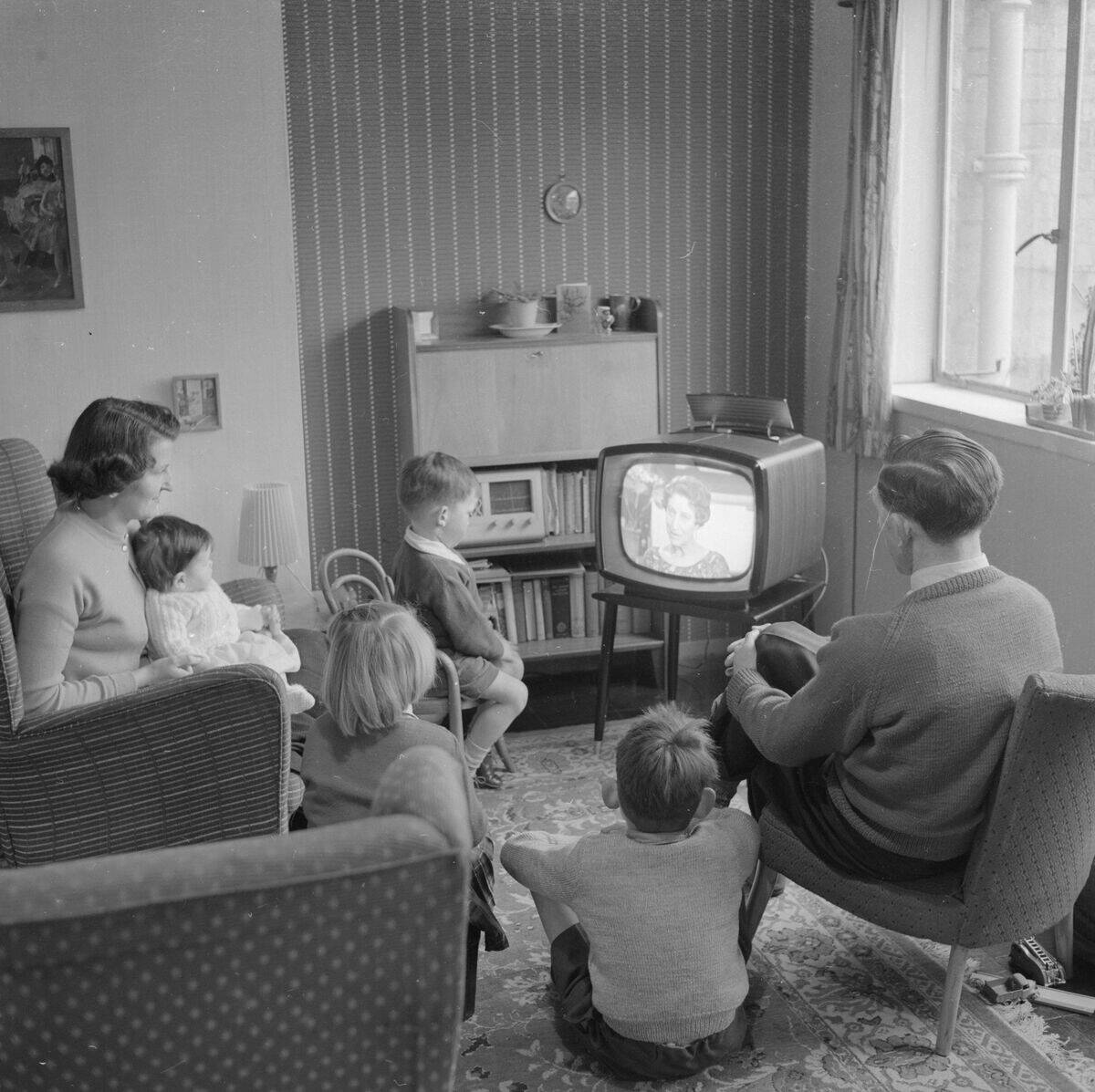
Television has been a powerful medium, shaping public opinion and influencing culture since its inception. The 1950s marked the golden age of TV, with families gathering around to watch classics like “I Love Lucy.” Over the decades, television has evolved from black-and-white screens to high-definition streaming services. The internet and social media have further expanded media consumption, allowing for personalized content. Despite these changes, television remains a cornerstone of entertainment, adapting to new platforms and audience preferences.
Healthcare Developments: From Small Clinics to Modern Hospitals
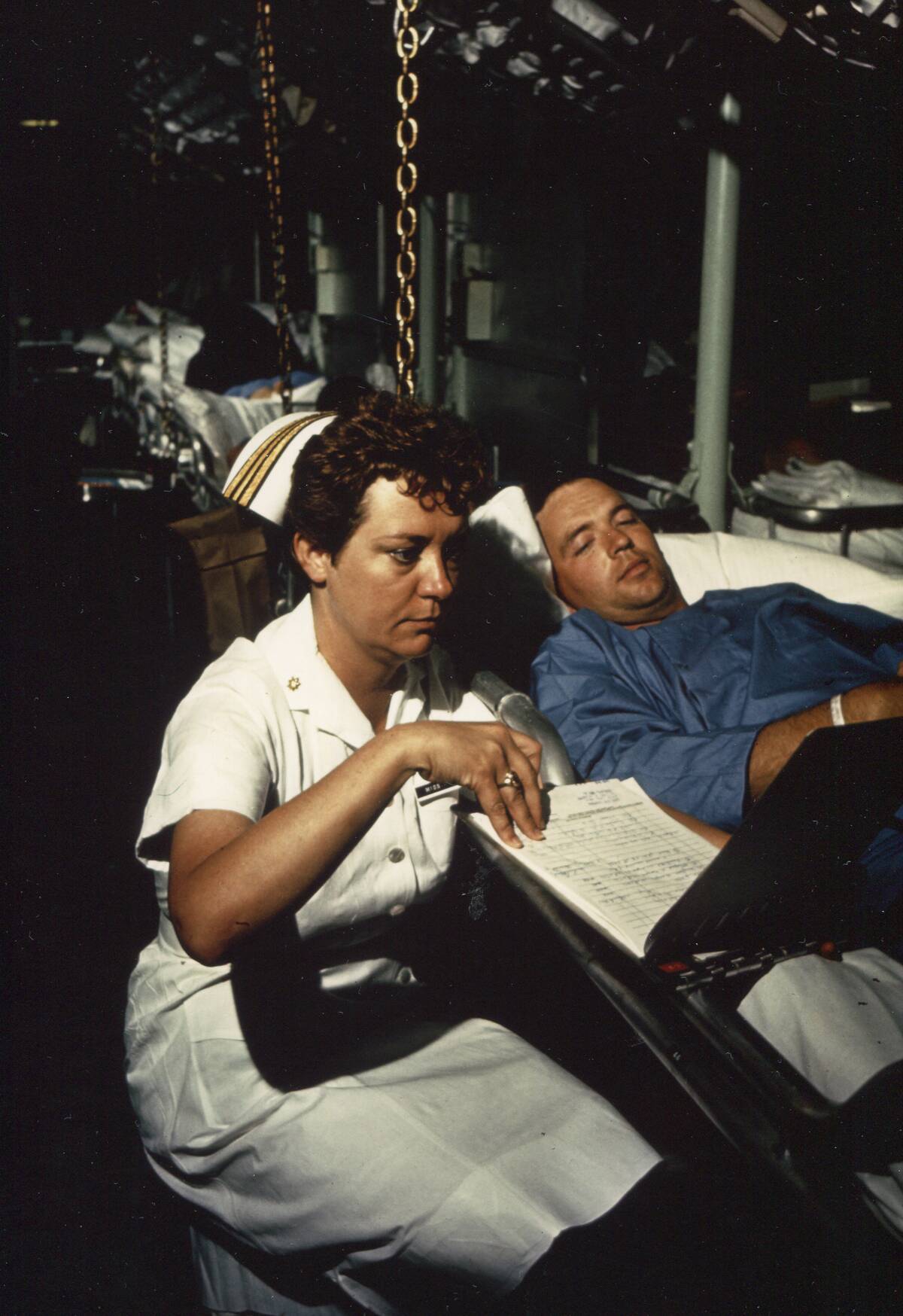
Healthcare has seen remarkable advancements, transitioning from small clinics to state-of-the-art hospitals. In the past, medical practices were often community-based with limited resources. Today, hospitals are equipped with cutting-edge technology and specialize in diverse fields. Innovations such as telemedicine and robotic surgery have transformed patient care, making it more efficient and accessible. As healthcare continues to evolve, the focus remains on improving patient outcomes and addressing global health challenges with innovative solutions.
Community Events: Festivals, Fairs, and Traditions Through Time
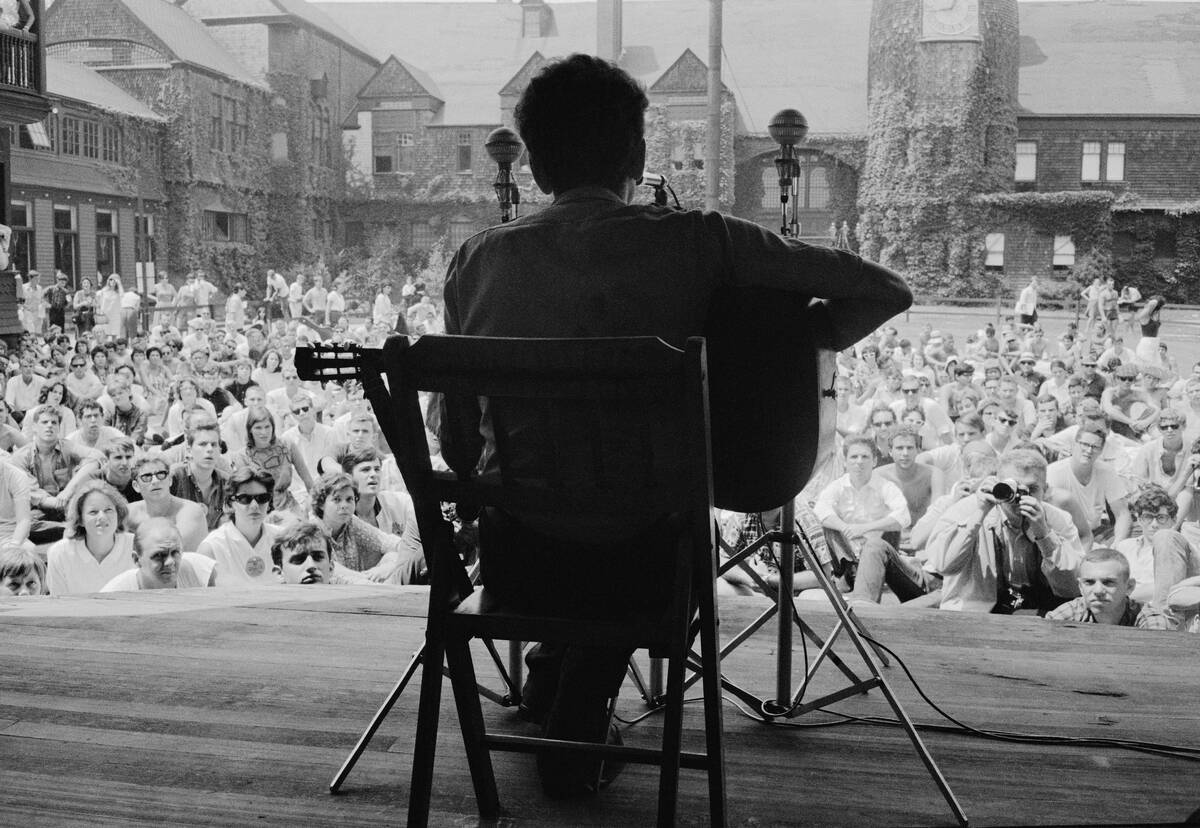
Community events have long been the heartbeat of towns, fostering unity and celebration. Traditional fairs and festivals, with their vibrant parades and local crafts, create cherished memories and strengthen community bonds. In recent years, these events have adapted with themes like sustainability and inclusivity, reflecting the values of modern society. Whether it’s a summer music festival or a winter holiday market, these gatherings continue to bring people together, preserving old traditions while embracing new cultural expressions.
Economic Changes: From Local Businesses to Global Corporations
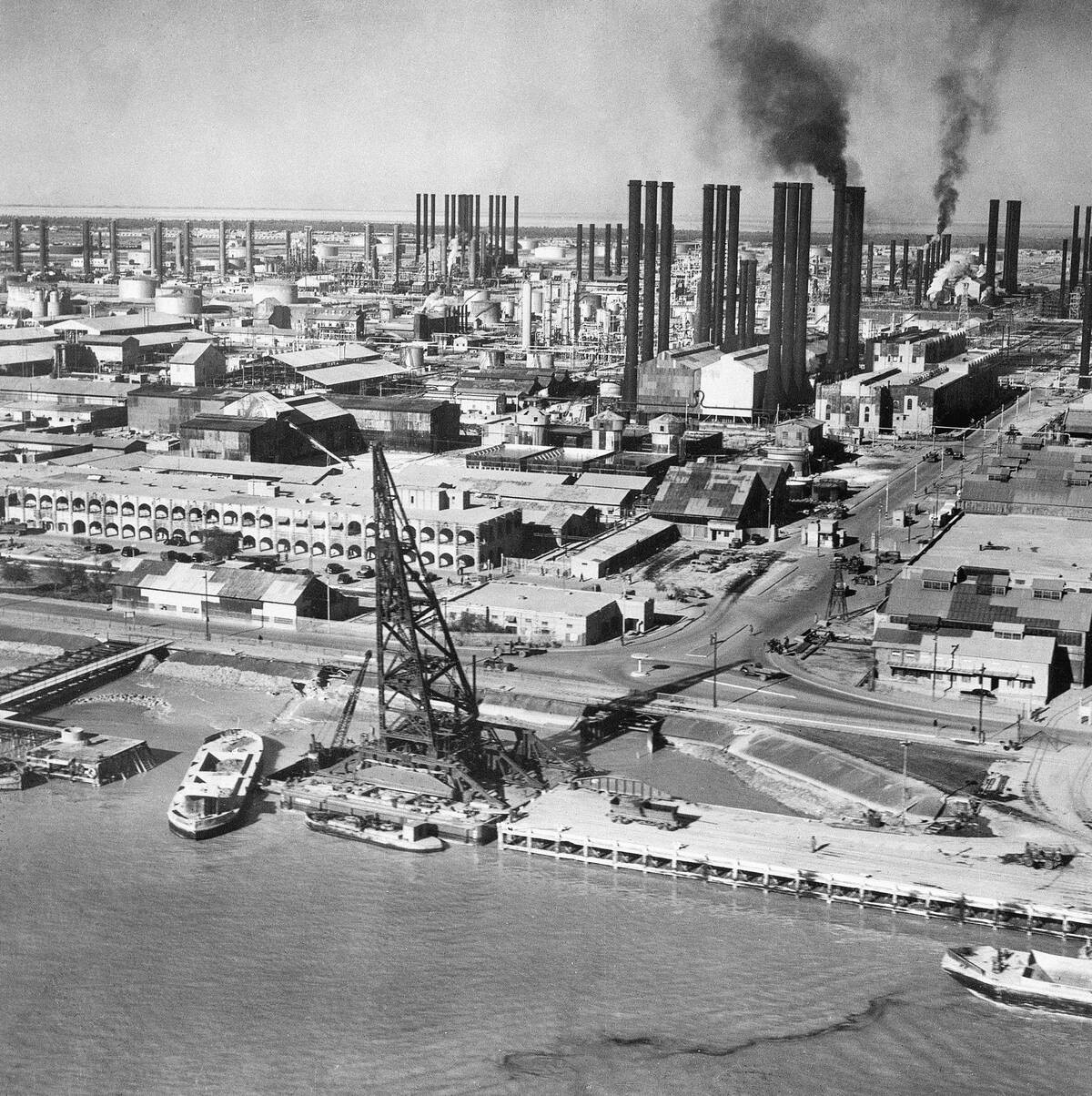
The economic landscape has shifted dramatically from locally-owned businesses to global corporations. In the mid-20th century, small businesses were the backbone of the economy, offering unique goods and services. The rise of globalization introduced multinational corporations, bringing with them economies of scale and global reach. While this shift has brought economic growth, it has also sparked a movement to support local economies and small businesses, emphasizing the importance of community and sustainability in global commerce.
Housing Trends: The Expansion from Ranch Houses to Skyscrapers
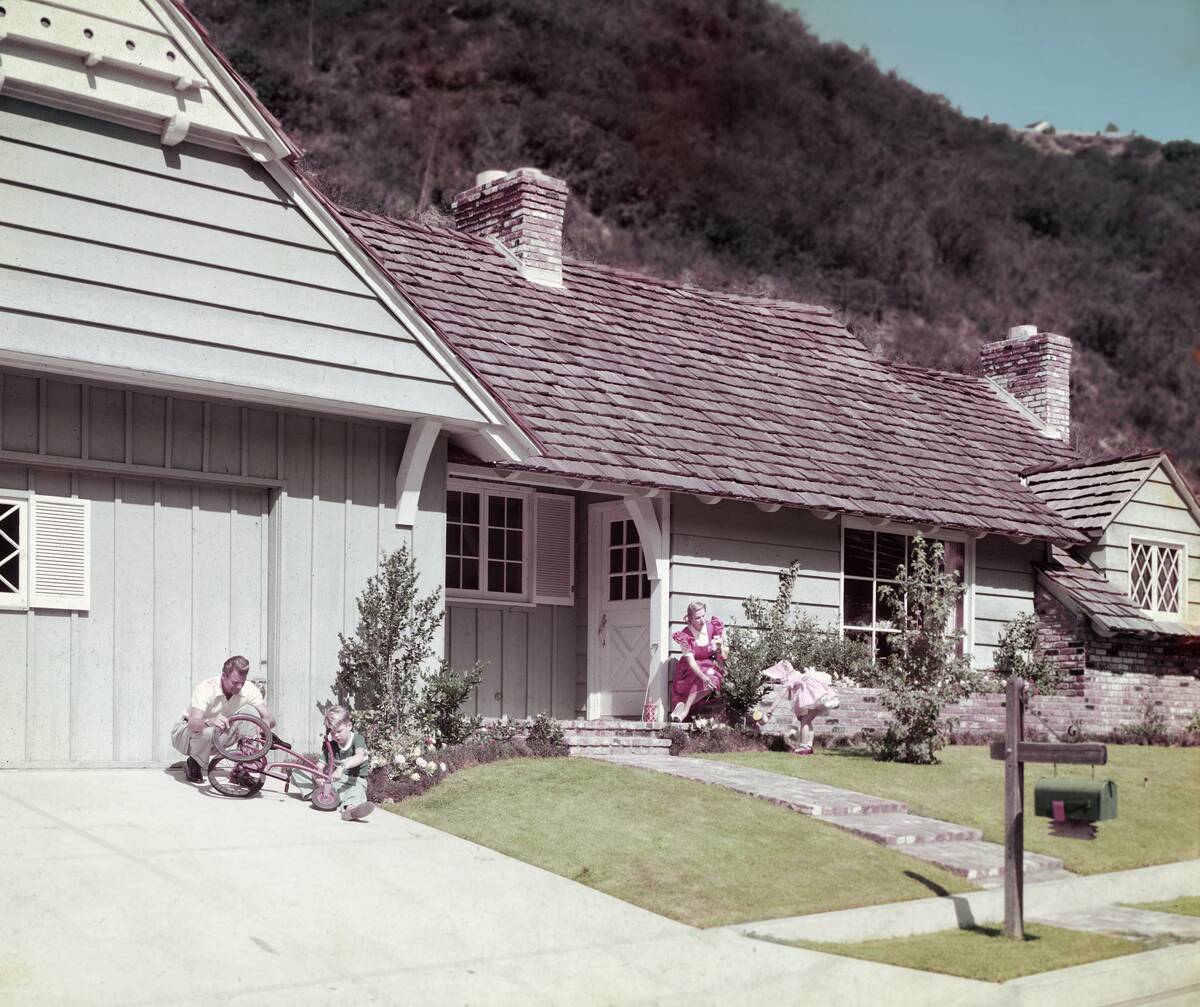
Housing trends have evolved from the simplicity of ranch houses to the complexity of skyscrapers. Ranch houses, popular in the post-war era, offered affordability and simplicity. As urban areas expanded, high-rise buildings and skyscrapers became symbols of modern living and economic prowess. Today, the focus is on sustainable housing, with innovations in green architecture and tiny homes gaining popularity. These trends reflect changing lifestyles and the need for efficient use of space in an ever-growing world.
Environmental Awareness: From Industrial Growth to Eco-Consciousness
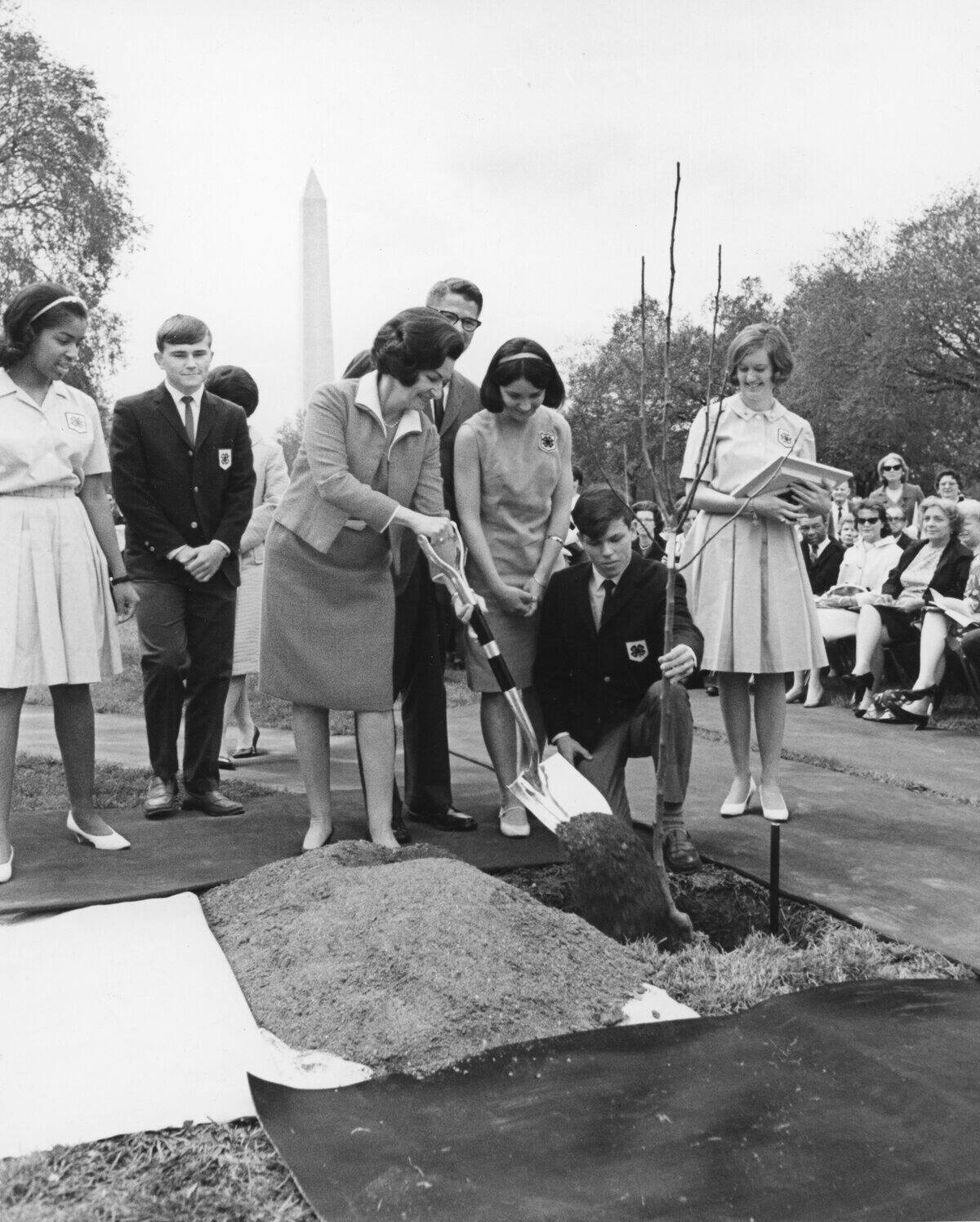
Environmental awareness has undergone a significant transformation, shifting from industrial growth to eco-consciousness. The industrial revolution prioritized economic development, often at the expense of the environment. Today, there’s a greater emphasis on sustainability and reducing our carbon footprint. Initiatives such as renewable energy, conservation efforts, and green technologies are at the forefront of this movement. As awareness grows, individuals and communities are taking active steps to protect the planet for future generations.
The Role of Libraries: Adapting from Books to Digital Resources
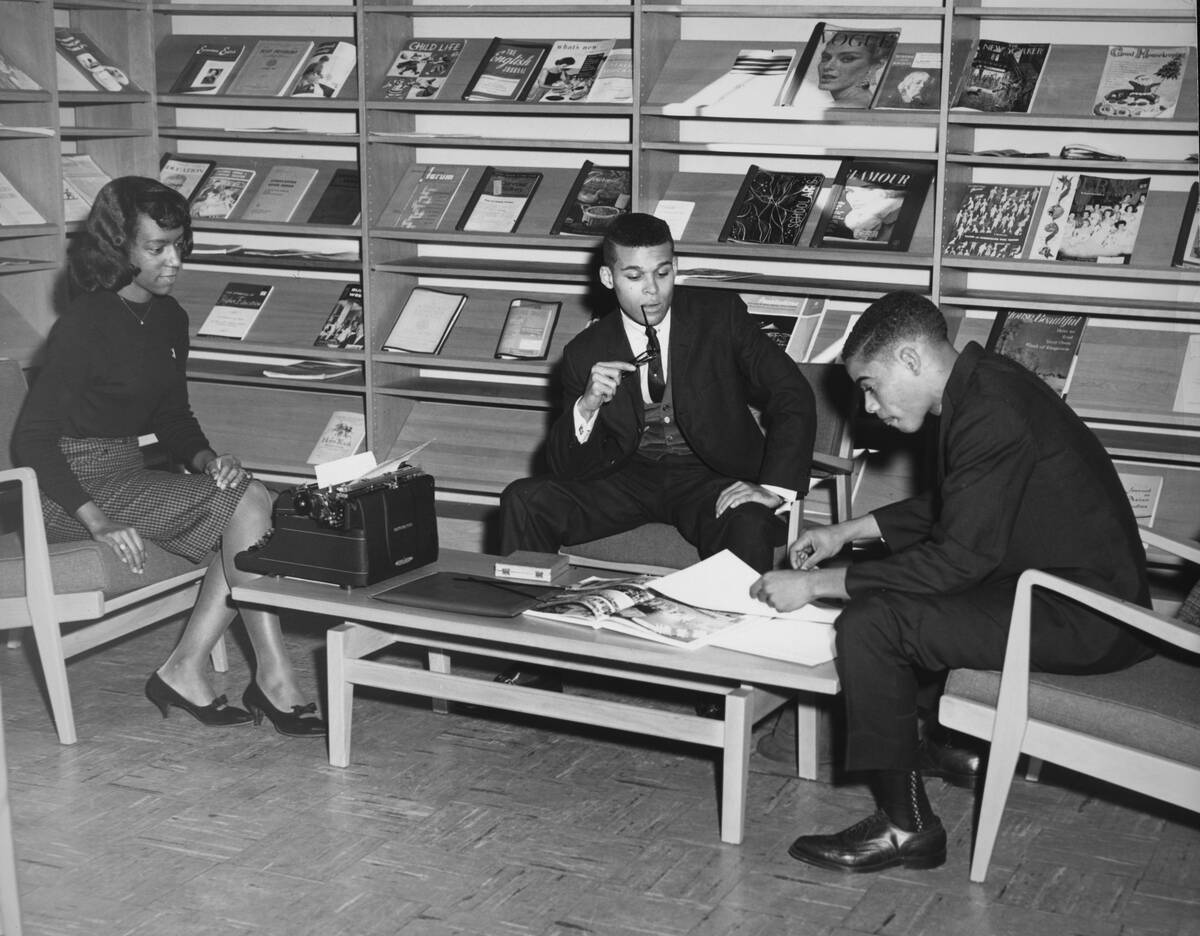
Libraries have evolved from being mere repositories of books to dynamic centers of digital learning. Traditionally, libraries were quiet sanctuaries filled with rows of books and the scent of paper. In the digital age, they offer e-books, online databases, and tech workshops, catering to the diverse needs of modern patrons. Libraries now serve as community hubs, providing resources for lifelong learning and digital literacy. Their adaptation ensures they remain relevant and valuable in an increasingly digital world.
Local Governance: How Town Administration and Politics Have Evolved
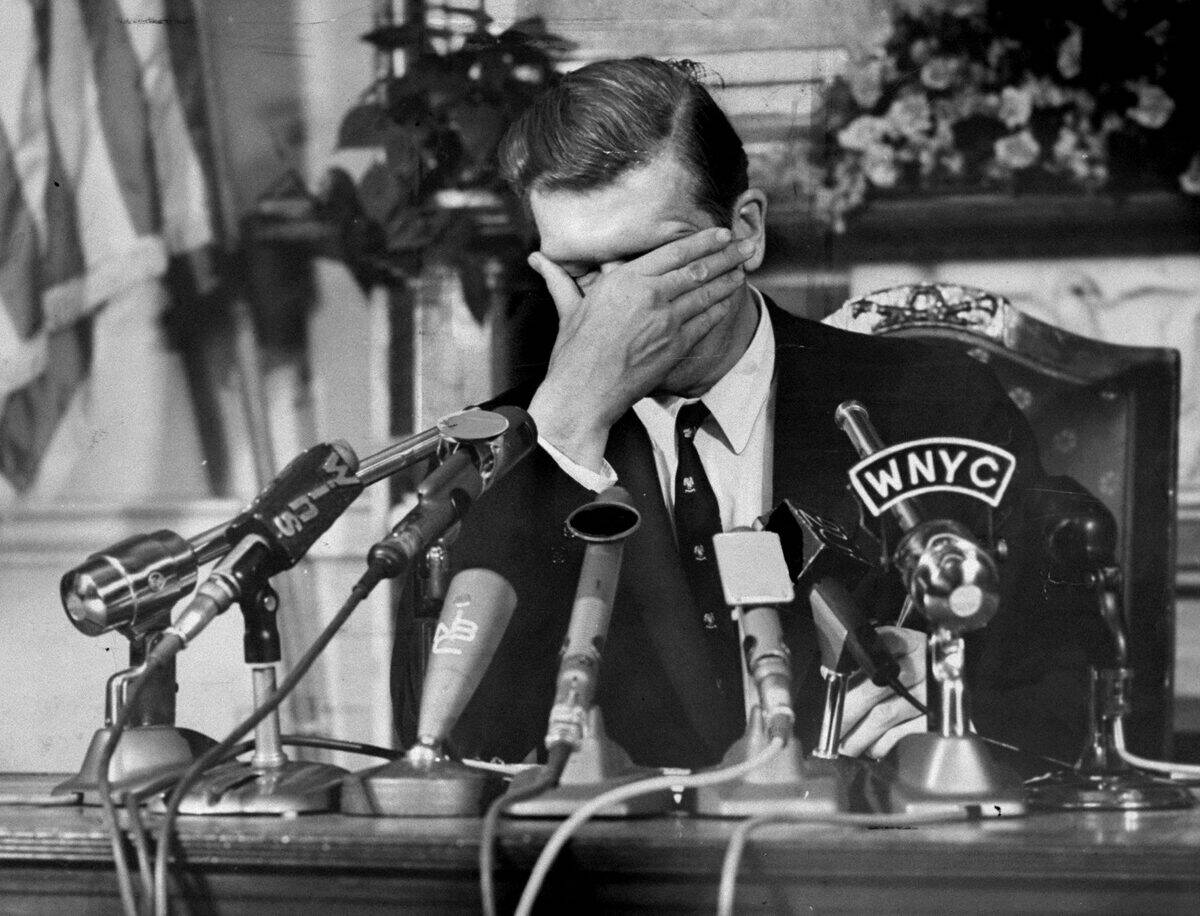
Local governance has evolved significantly, adapting to the changing needs of communities. In the past, town administration was often straightforward, focused on basic services and infrastructure. Today, local governments tackle complex issues like urban planning, environmental sustainability, and digital innovation. Citizen engagement has increased with the use of social media and online platforms, making governance more transparent and participatory. As communities grow, local governance continues to play a crucial role in shaping the future of towns and cities.



